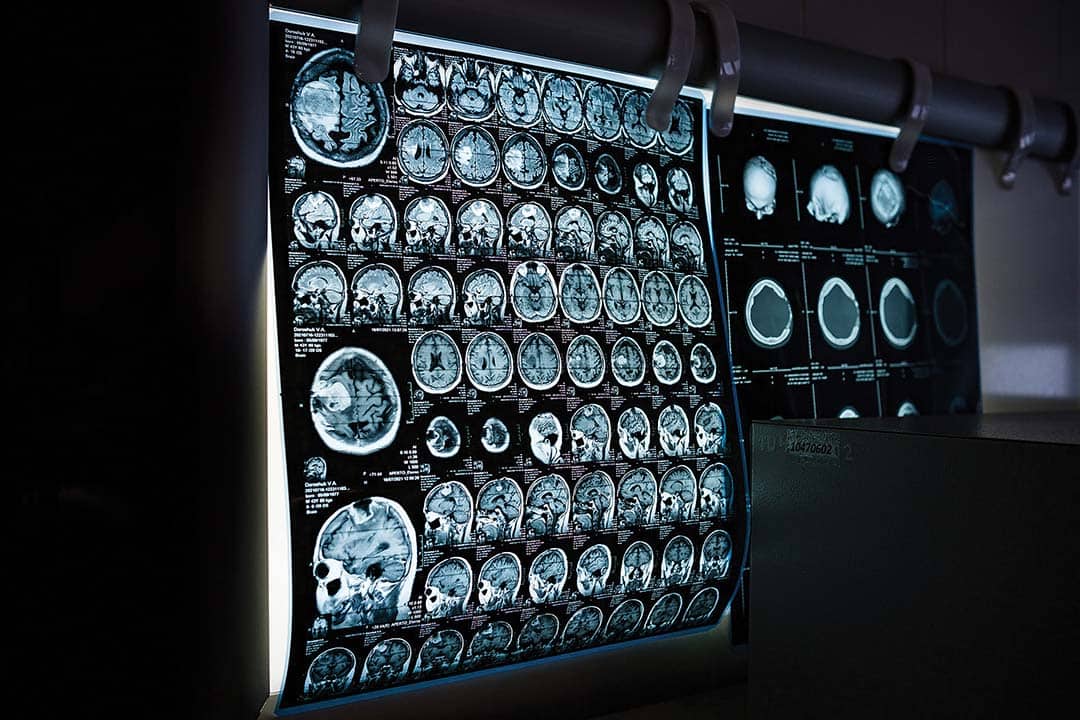Do you ever get so overwhelmed with schoolwork that all you can do is curl up on the couch and watch Netflix, ignoring your impending deadlines? Are you ever instantly transported to your childhood, waiting for your favourite meal, after you catch the scent of a certain spice?
Why does this happen? These two quirks of the human brain result from three interconnected systems: our reptilian brain, limbic brain, and neocortex.
Is it a tiger or a deadline?
The most basic and evolutionarily oldest layer of the brain is the reptilian brain, which is thought to have evolved some 500 million years ago. Modern humans’ brain structures seem to have originally evolved from aquatic species, which is why modern aquatic and reptilian animals still have this region as a major brain system. This system is comprised of regions such as the brainstem and cerebellum, and helps ensure basic survival by regulating heart rate, body temperature, and balance.
Modern reactions to stress can be traced to reptilian reactions to environmental stressors. When presented with a stressor like a predator, our aquatic ancestors automatically engaged in a fight-or-flight response. As this response pertains to survival, our reactions to life-threatening stressors can be traced to the reptilian brain.
However, our fight-or-flight responses are also triggered when facing a stressor like an impending school deadline. Either we “fight the predator” by buckling down and nailing our assignment or we “run from the predator” by avoiding it and binging Netflix. Our primitive reptilian brains are unable to tell the difference between a predator-based stressor and an assignment-based stressor. All it knows is that we are stressed and need to fight or flee.
Next time you feel stressed about an upcoming school deadline and flee to Netflix, you can thank your reptilian brain!
Emotion and memory
As we evolved from aquatic to land-based mammals, we developed a new brain region — the limbic system, which began evolving around 150 million years ago. Structures of the limbic system include the hippocampus, which is largely responsible for memory; the amygdala, linked to emotions; and the hypothalamus, which helps maintain homeostasis.
The first apparent major change in our evolution from aquatic to mammalian and the evolution of the limbic system was an increase in the size and mapping of the olfactory bulb, a neural structure critical for smell. This is most likely because ancient mammals began to rely heavily on scent to find food.
The olfactory bulb is also directly connected to regions responsible for emotions and memory: the amygdala and the hippocampus. As a result, scent is one of the strongest sensory indicators that can acutely trigger a memory. This phenomenon is known as the “Proust effect,” named after Marcel Proust, the novelist who first coined the term ‘involuntary memory.’
How are modern humans affected by the Proust effect? Well, if you have ever encountered a whiff of freshly baked chocolate chip cookies, been immediately overcome by nostalgia, and transported back to your grandmother’s kitchen as a young child, then you can thank your olfactory bulb and limbic brain.
Unfortunately, if you experienced something traumatic, a related scent can also immediately bring you right into a flashback and trigger your fight-or-flight response.
In addition to increases in the size and mapping of the olfactory bulb of our prehistoric mammalian ancestors, there were notable increases in the mapping of tactile sensations, as ancient mammals were likely nocturnal and relied on touch to find food. Touch still plays a primary role in our lives today — it is essential for infant development, and a lack of touch can result in major developmental delays.
One famous case study assessing the role of touch and development, known as The Bucharest Project, highlighted the severity of physical neglect in children. Following political upheaval in Romania in the 1980s, over 100,000 children, ranging in age from six months old to about three years old, were placed in severely understaffed orphanages. Researchers discovered that the children who experienced physical neglect faced many developmental problems, namely, major delays in inhibitory control, cognitive flexibility, and memory.
While other circumstances in Romania may have contributed to these developmental problems, studies conducted over the years have confirmed this hypothesis and further highlighted the importance of touch in development.
Building better relationships
Eventually, land-based mammals evolved into different species. Modern humans evolved from ape-like ancestors, and the development of our third brain region can be traced to these ancient hominids. The neocortex is the region thought to make us uniquely human and arose about 90 million years ago.
As our ape-like ancestors progressed, they became less nocturnal and more arboreal — they began to live in trees — a change resulting in major neocortical development. This region already existed in a primitive form from reptilian times. It was responsible for understanding physical sensations, but the new developments led to increased capacities for cognition that other creatures lacked. This development also enhanced our sociability, giving us human language, abstract thought, imagination, and even culture. Particularly, the need to keep track of social groups became increasingly important; it is thought that modern and extinct Great Apes’ — hominid — intelligence arose simply to keep track of social relationships.
In fact, modern researchers have discovered a link between social network size and brain function of certain neocortical regions. Certain brain regions are strongly correlated with the number of social media friends an individual has, and entirely separate regions correlate with real-world friendships outside of an online platform. These discrepancies highlight how unsuited our modern environments can be to the function of our brain.
We are still evolving today, and our ability to advance in this way is a direct result of regions that adapted hundreds of millions of years ago. From the reptilian brain that keeps us alive, to the limbic system allowing us to express emotions, and the neocortex that gives us our social capacity, the impacts of evolution are still very apparent in human society today.


